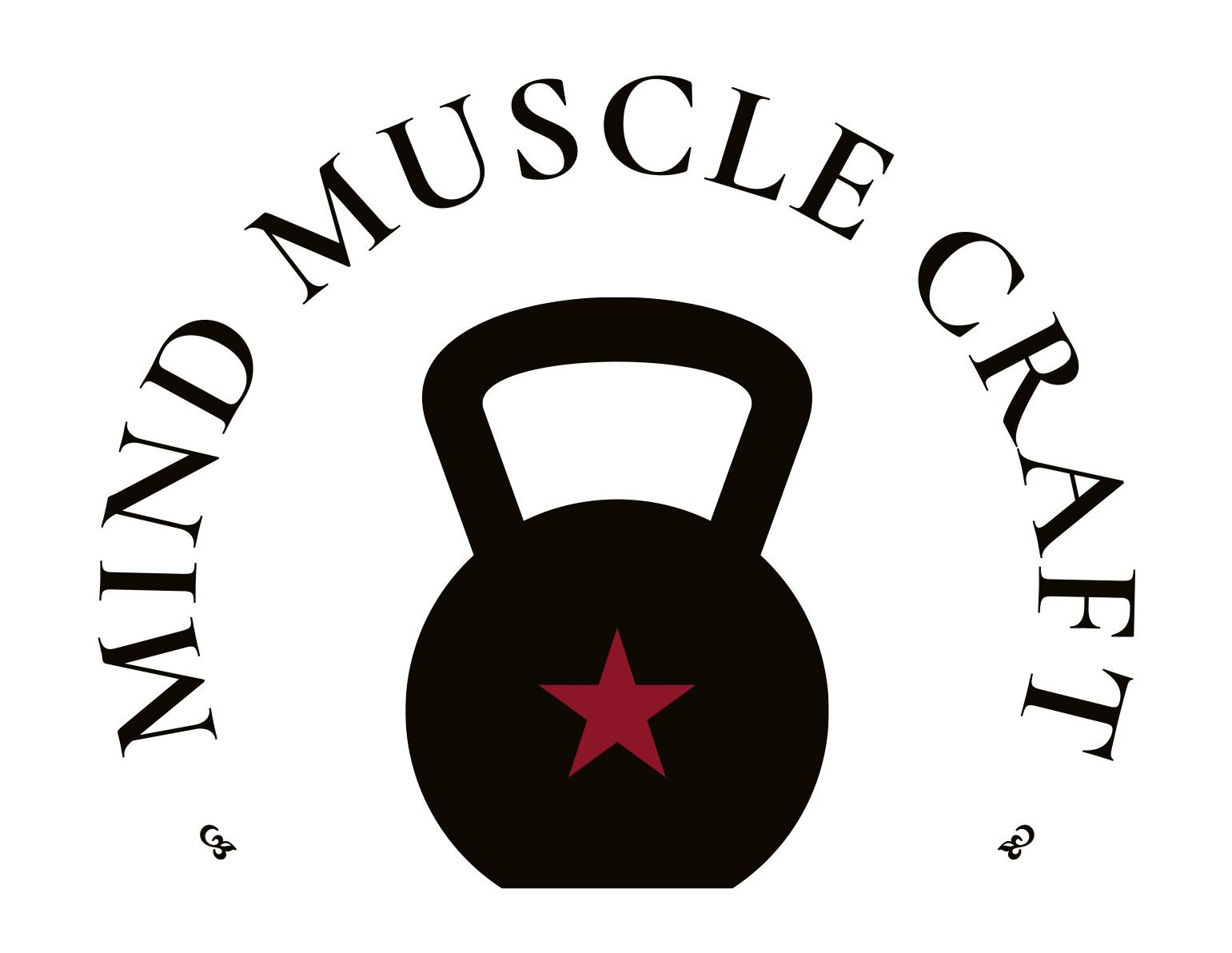Introduction:
In the realm of lower body exercises, the squat reigns supreme as a fundamental movement for building strength and muscle mass. However, within the vast repertoire of squat variations, one often overlooked gem stands out: the Spanish Squat. This variation, characterized by its use of a loop band anchored at knee height, offers a unique approach to targeting the quadriceps and enhancing knee joint resilience. In this article, we’ll delve into the benefits and mechanics of the Spanish Squat and explore why it deserves a place in your training regimen, particularly if you’re recovering from knee surgery or tendinopathy.
Understanding the Spanish Squat:
The Spanish Squat involves anchoring a loop band around a stable structure at knee height. After stepping through the loops created by the band and positioning it just above the knee pits, you’ll feel the tension as you move away from the anchor point. This tension challenges your muscles throughout the squat movement, particularly at the end range of knee extension where weakness often resides.
Benefits of the Spanish Squat:
- Rehabilitation and Injury Recovery: For individuals recovering from knee surgery or dealing with tendinopathy, the Spanish Squat provides a targeted approach to building muscle force production at the weakest point of the knee extension range. This aids in recovery and enhances knee joint resilience.
- Muscle Force Production: By emphasizing muscle force production at the end range of motion, the Spanish Squat addresses weaknesses in the quadriceps and surrounding muscles, leading to improved strength and function.
- Improved Knee Joint Resilience: Strengthening the muscles around the knee joint through the Spanish Squat improves joint stability and resilience, reducing the risk of future injuries.
- Lower Leg Endurance: The continuous tension provided by the loop band during the Spanish Squat enhances endurance in the lower leg muscles, benefiting activities requiring prolonged lower body exertion.
- Quadriceps Development: With its focus on the quadriceps, the Spanish Squat is effective for building strength and size in these crucial muscles, essential for knee stability and function.
Incorporating the Spanish Squat Into Your Routine:
Whether you’re a physical therapy client in need of knee rehabilitation or a fitness enthusiast looking to strengthen your lower body, the Spanish Squat can be tailored to suit your needs. Start with light resistance bands and gradually increase tension as you build strength and confidence. Aim for controlled movements with proper form, focusing on maintaining a neutral spine and stable knees throughout the exercise.
Conclusion:
The Spanish Squat stands out as a valuable addition to any lower body training regimen, offering targeted benefits for knee strength, resilience, and muscle development. By harnessing the power of resistance bands at knee height, this variation provides a unique challenge that can benefit individuals of all fitness levels, particularly those recovering from knee surgery or tendinopathy. Whether you’re seeking to rehabilitate your knees or enhance your athletic performance, consider incorporating the Spanish Squat into your routine and unlock the full potential of your lower body strength.

